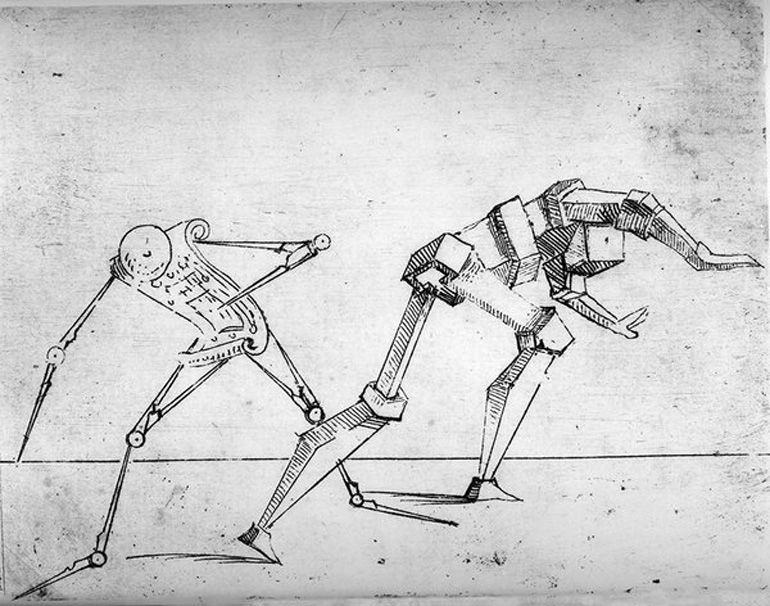Department of Vexation:
Bookish
31 March 2015
Tuesday, March 31st, 2015
Once again, there are piles of books here and there in the apartment. Boxes, too, some of them empty. Instead of breaking down the empty ones and taking them out to the service elevator room for disposal, I’m holding them for refills: books to go into storage. Vexed matter, that.
Regular readers just may recall that there came a day in December when I said, “Enough,” and arranged the fifteen unopened book boxes in the dining ell. They were about as invisible as light-brown solids could be, and they looked orderly enough if you saw them at all. The bookcases were almost full, and the contents of these remaining boxes would either go into storage themselves or displace books that had been shelved. Vexing.
The unopened boxes contained books from two very different bookcases upstairs. The ones marked “B4M-R” or “B5M-R,” or some variation thereof, held books from the second and third ranks of the bottom shelves of the breakfront bookcase. Those shelves are hard to get to — I have to get down on my knees and, unable to bend to see, grope. These were books that I wanted to hold on to but didn’t expect to open anytime soon. They will almost certainly go into storage now. (The shelves on which they stood are still partially or completely vacant. I’m thinking of storing something other than books in these difficult reaches.)
The other set of boxes came from bookcase F. Bookcase F is currently standing in the foyer, loaded with art books and generally taking the place of a classy-looking but shoddily-made book case that I knew we’d never be able to fit into the apartment. Effectively, there is no longer a bookcase F, just the books that were in it. Bookcase F housed a miscellany of books on all subjects save fiction and history, and many of them are one-of-a-kind, such as David Esterly’s The Lost Carving: A Journey to the Heart of Making (Viking, 2012). This book is something like Matthew Crawford’s Shop Class as Soulcraft, but, instead of motorcycles and political philosophy, Esterly writes about wood carving, Grinling Gibbons, Hampton Court, and his participation in the restoration of a stateroom damaged by fire. Esterly, an American, had to prove himself worthy of the challenge, so the book is about that, too. To call either book a “memoir” would be dim-witted, but memoir, written by a craftsman, is what the two books have in common. You could slip Shop Class in among the political philosophy books, and Esterly’s book would fit in with the art books, but that arrangement seems dim-witted, too. The whole point of bookcase F was to reflect the unclassifiability of many books.
Another book that would belong in bookcase F because it wouldn’t belong anywhere else is Helen Macdonald’s H Is for Hawk. That’s assuming that it belongs in my library at all, something that I’m not sure about. (I haven’t quite finished reading it.) Everyone has been praising H Is for Hawk to the skies, but I find myself, among other things, in disagreement with many of the blurbs printed on the back of the dust jacket. Will I be surprised if a better book is published this year (Financial Times)? I’ll be not only surprised but appalled if one isn’t. “A wonderful exploration of how birds of prey can function as metaphor to produce art” (Dan O’Brien)? What does that even mean? I cannot agree with the Costa Book Award judges that H Is for Hawk is unparalleled in modern literature. (Running With Scissors comes swiftly to mind, tonally different though it be.) There’s something about Macdonald’s style that I don’t like, and it occurs to me now that this something is American. I don’t mean, as you might think, that there is something American about trying to capture the wildness of one’s own grief, although this is certainly something that the British writers that I’m familiar with don’t go in for. It has something to do with Macdonald’s language — a transatlantic quality, perhaps.
Macdonald was felled when her father, a noted press photographer only in his late fifties, collapsed and died on assignment in Battersea. Macdonald was very close to her father, she tells us, although she doesn’t enlarge on that or on any other aspect of her family life. Nor does she have much to say about her career as an academic historian. She appears to be on good terms with her mother and her brother, and a few close friends make sporadic appearances; as for the career, it is simply interrupted by grief. The conceit of the book — and I think I’m right to call it that — is that the death of Macdonald’s father left her all alone in the world. No partner, no home, no job, no nothing. Just the goshawk that she decided to train, and memories of reading The Once and Future King, TH White’s book about King Arthur, and The Goshawk, White’s account of training his own bird. Macdonald all but sequesters herself in dehumanizing misery, identifying, to the point of madness, with her feral pet, Mabel. Macdonald describes Mabel with an aplomb that, simply as a matter of writing, in contrast to the language of the rest of the book, suggests to me that she has not overcome the British leeriness of self-revelation. In the book’s best passages, Macdonald stumbles after her hawk through woods and fields with a transforming zeal, as if she were becoming a hawk herself.
Macdonald is able to return to normal life because she happens to be, after all, normal. TH White, to whom H Is for Hawk is something of a memorial, was not normal. Beaten by sadistic schoolmasters as a child, he became a sadist himself, and a homosexual as well. He recognized these developments with horror and did not indulge them — except, it seems, with his hawk, who eventually had enough and flew away. White’s is a sad story, or at any rate a lonely one, in Macdonald’s telling.
***
A sad and lonely story of a rather similar kind is told by Penelope Lively in the tenth of her novels that I have read, Passing On. The points of identity, often inverted, between Passing On and H Is for Hawk are so numerous that Lively’s novel answers the question, which I shouldn’t have dreamed of asking, “How would Lively handle Macdonald’s material?” Passing On begins with a funeral, and ends with something like an exorcism. Two middle-aged children, Helen and Edward, have spent their unmarried adulthood living under the roof of their unloving, demeaning mother. Now she is gone. She has left the house to her adolescent nephew, on the understanding that Helen and Edward shall have it for life. The children themselves have inherited outright an adjoining lot, a wilderness known as “The Britches.” This is where Edward spends most of his free time. A closeted gay schoolmaster — he teaches girls at a “crummy” private school — Edward lives a life of the most abject self-denial. Considered saintly by others, he is merely past caring for or about himself. As with White, there is no place in the British gentry for Edward. (Passing On was published in 1989.)
Now that his mother is dead, Edward finds that he minds this self-suppression very much. A passionate bird-watcher, Edward nonetheless realizes that human beings bring something additional to the business of organic life. Call it love, call it self-awareness, call it the foreknowledge of death — it is all of these things. Edward does not quite blame his stunted humanity on his mother, but her absence from the scene allows him to assess it — and he is undone.
A local developer pesters Helen and Edward to let him develop The Britches. Just to quiet him, Helen hires the developer’s son to dig a vegetable garden behind the house. One summer afternoon, after weeks of sleeping very poorly, Edward finds himself transfixed by what he sees out the window. Later, he remembers it this way:
He forced himself to go over what had happened, or what he thought had happened. The whole episode seemed now quite unreal; he doubted the testimony of his own memory, which made it all the more nightmarish. He could remember sitting up here, in his room, tense and restless, hearing the sound of the boy’s spade from beyond the yew hedge. He remembered getting up, going downstairs, standing for a while at the sitting-room window. There was some idea in his head, he knew, of going out there to talk to Gary, simply talk, he had barely ever exchanged more than two words with him. He had this compulsion to look at him, to stand there in the sunshine and watch him digging. He remembered opening the french windows, walking across the lawn. Then, somehow, he was beside Gary. Had he spoken? Gary had turned towards him — there had been an expression of surprise on his face. And that whiff of Lifebuoy soap, and the swell of his brown arms below the rolled-up shirt sleeves. But then what had happened? Edward had wanted to touch him, that he knew. He had wanted, overwhelmingly, to lay his hand on that blooming flesh, to feel its warmth, to make contact. The boy, indeed, had at that moment ceased to be himself at all — to be Gary Paget — but had become universal, anonymous and accessible. Edward had been filled with tumultuous thoughts and feelings, topped by an overwhelming need. And affection, there had been that also — a compulsive, joyous affection. He had seen Gary as someone else, as everyone: as a specific person known and lost, as a person unknown and of wondrous promise. He had reached out and his had arrived not on Gary’s arm but at his crotch. (189)
I hate quoting Lively out of context. For one thing, the stories are so good that it seems criminal to spoil them in the least detail. For another, Lively is a past-master at creating sustained fictional weather, such that the passage that I have quoted climaxes a sun-stricken sequence of pages with all of the éclat — but, horribly, none of the noise — of a summer thundershower. We stand by, so transfixed ourselves by Gary’s metamorphosis into a god that we’re not annoyed by, or even inclined to notice, the repetition of “overwhelming” and “compulsion.” It is right out of Ovid. But it is Edward’s life that is upended.
Happily, there is no doubt about where to shelve Passing On. It belongs with all the other Livelys, currently lined up in a small enameled bookshelf under the bedroom window that functions as a much-reduced bookcase F. Who knows whose novels will have to go into storage to make room for them in the fiction bookcase? A vexed question!
















